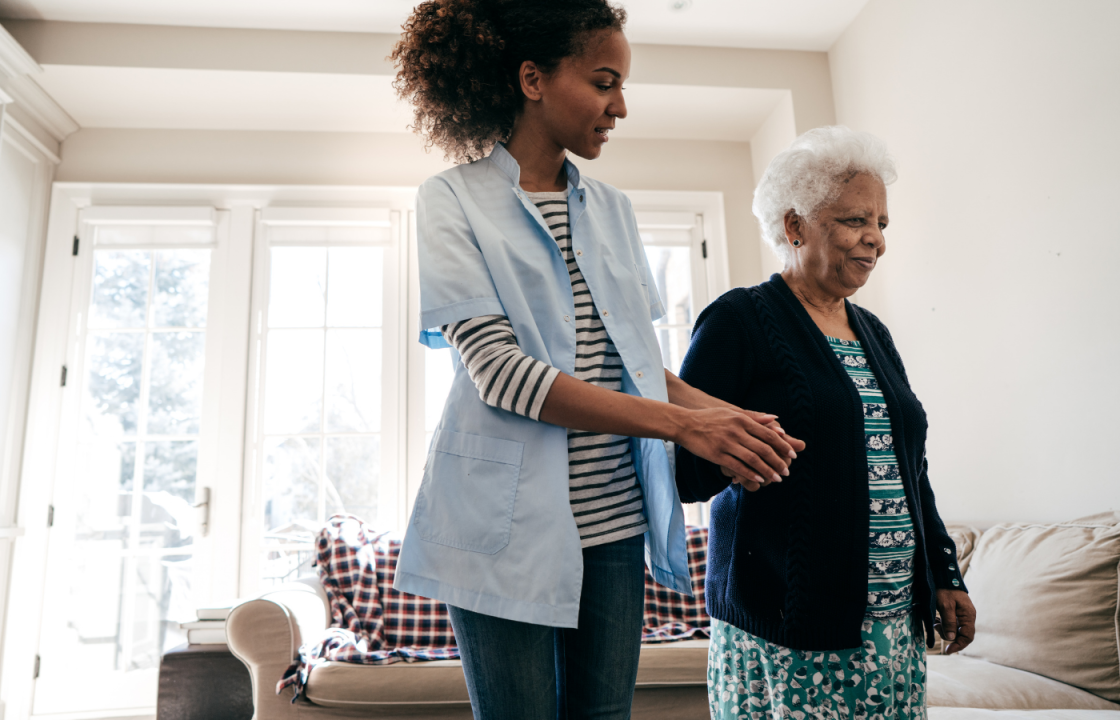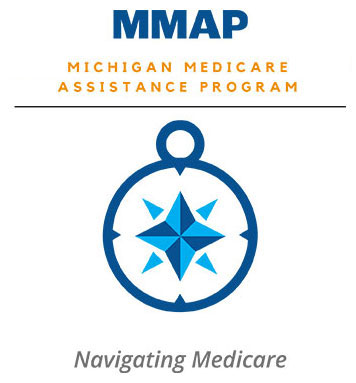Oct 04, 2021
6 min read
Senior Director of NCOA’s Center for Healthy Aging
Key Takeaways
- One in four Americans aged 65+ falls every year. Being common, however, doesn’t make falling a normal part of aging.
- We know what contributes to falls, which means they can be prevented. That’s why NCOA leads a national observance of Falls Prevention Awareness Week each year.
Let’s Get to Know Your Team
From medication and vision impairment to poor lighting and chronic conditions, the factors to watch for are numerous. That’s why having a team to help spot and address fall risks is so helpful. Your falls prevention team should include:
- family and friends
- an occupational therapist (OT)
- your primary care physician (PCP)
- a pharmacist
- a physical therapist (PT)
- your local fire department
Each of them brings a unique mix of expertise and familiarity that can provide important protections against falling. Check out this video to learn more.
Your Family and Friends
You know them, you trust them, and they are happy to help. Family and friends provide some extra hands or another set of eyes to check and rid your home of falls hazards. The next time they come over to visit or help around the house, ask them to take a little extra time helping you find common fall hazards. This checklist shows you what to look for. Family and friends can also join you during doctor visits and help ask questions and gather information about prevention falls.
Your Occupational Therapist (OT)
Whether you’re already working with an OT or not, they are a vital part of any falls prevention team. They can ensure your assistive devices fit your needs and assess your home to identify hazards to be eliminated and modifications that can prevent falls. During Falls Prevention Awareness Day a few years ago, we toured a real home with Scott Trudeau, PhD, OTR/L from the American Occupational Therapy Association. The video is a wonderful example of how teamwork can prevent falls.
Your Primary Care Physician (PCP)
Primary care physicians are often best positioned to work with patients on falls prevention and get the process started because they see patients regularly. Your PCP knows your medical history and manages chronic illness like diabetes and arthritis that may put you at risk. PCPs can recommend evidence-based programs designed to reduce fall risk, spot hidden injuries resulting from a fall, and evaluate side-effects and other problems with medications that may increase your risk of falling.
Be proactive about addressing falls when you visit your doctor. Even if your appointment was made for something else, sharing information is always important. Tell your doctor if you’ve fallen recently, feel unsteady on your feet or are worried about falling. A good PCP wants to build trust and be accurate so you stay healthy.
Your Pharmacist
Most older adults take some kind of medication or supplement each day. The effects of medications on our risk of falling isn’t usually something we think about when we’re trying to get over a cold or manage disease like high blood pressure or arthritis. That’s why pharmacists are an important part of any falls prevention team. When you pick up your medications, use the opportunity to get counseled about any side effects you’re experiencing, and any changes in the medications you’re taking. Check out this video which explore the role of medications in falls and the many ways that pharmacists can help.
Your Physical Therapist (PT)
Physical therapists are an important member of the falls prevention team. They can work with you to improve balance, strength, and mobility to prevent falls and can help address the reasons you may be feeling unsteady. Physical therapists can also help you identify what you can do each day to manage your falls risk and connect you to resources in the community to maintain and improve your strength and balance. This article describes the role of the physical therapist in healthy aging.
Your Fire Department
Your local fire department can play a key role in falls prevention and do more than help you in case you do fall. Fire departments can help prevent falls by offering home safety checks to spot falls hazards, such as rugs without non-slip backing or too many electrical devices plugged into one outlet. They also can assist in testing and replacing smoke alarms. Firefighters can also connect you to resources in the community to prevent falls. View this infographic and read the accompanying article to learn more tips on how the fire department can help reduce your risk of falls.
Ready to Build Your Falls Prevention Team?
As you start to pull together those who will help you protect your health and independence, you can always turn to organizations like ours for information. Falls Prevention Awareness Week only happens once a year, but we are constantly creating new resources for older adults, caregivers, and professionals to use whenever you need. Check out NCOA’s Falls Free CheckUp, a quick 12-question screen to help you better understand your risk for falling.
Falls Prevention Awareness Week is made possible in part by the U.S. Administration for Community Living.

